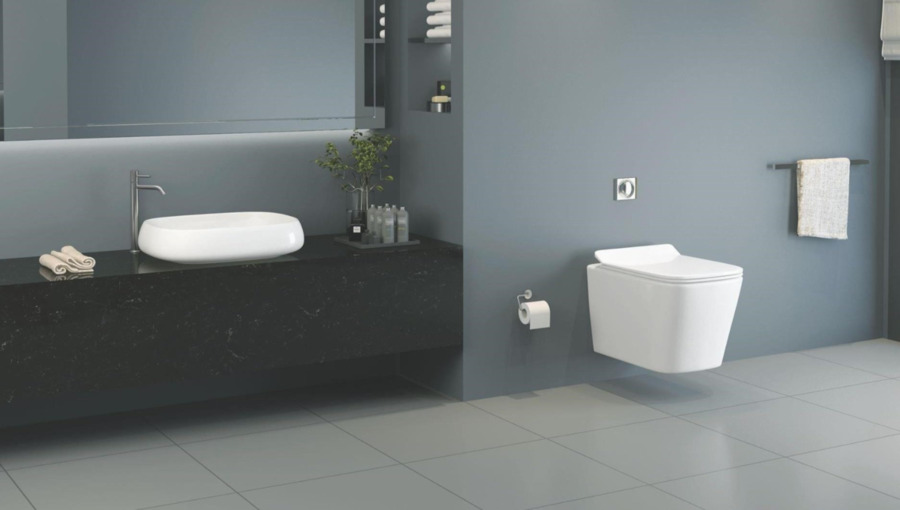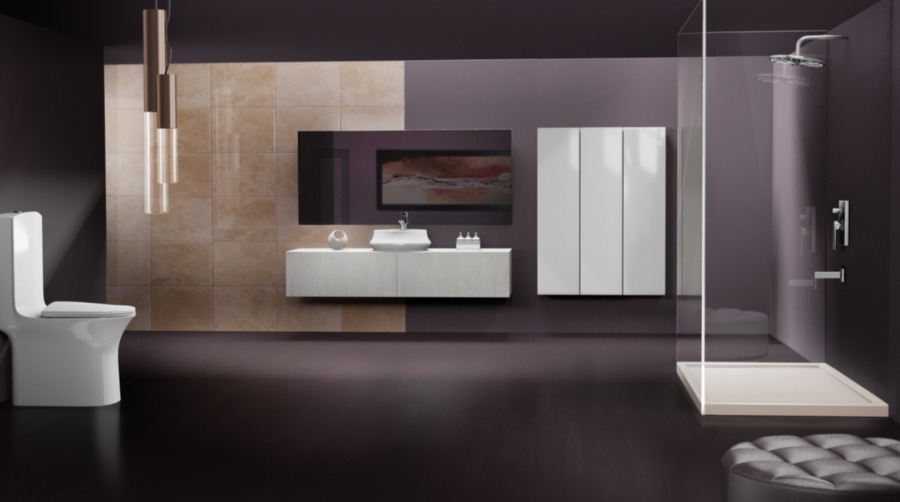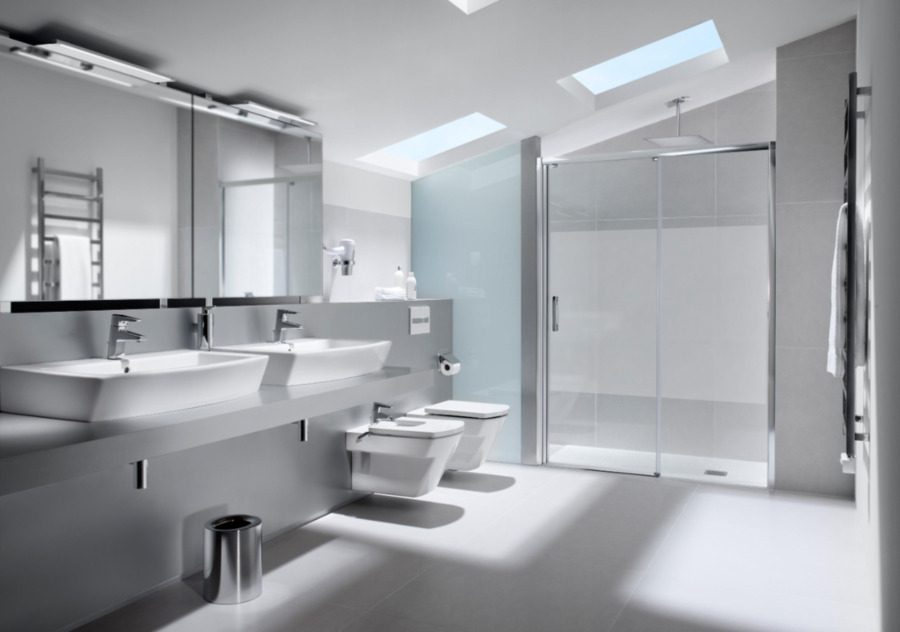The contemporary landscape of sanitary ware is undergoing a transformative shift, propelled by advancements in material science and manufacturing technologies. This shift is not localized but part of a global trend towards sustainability, innovation, and enhanced functionality in bathroom fixtures and accessories. Within this global movement, Dubai stands as a beacon of modernity and innovation in the sanitary ware sector. The emirate’s rapid urbanization, coupled with its ambition to be a global leader in sustainability and innovation, has led to a significant transformation in the sanitary ware industry. This shift is primarily driven by the adoption of new materials and manufacturing technologies, leading to products that are not only aesthetically pleasing but also highly functional and sustainable. This article delves into the material revolution in sanitary ware in Dubai, exploring the cutting-edge technologies that are setting new standards in the industry.
Innovations in Material Science
Antibacterial Surfaces
One of the foremost innovations in sanitary ware is the development of antibacterial surfaces. Unlike traditional materials, these new surfaces are engineered to combat microbial growth, ensuring a cleaner and more hygienic bathroom environment. The mechanism typically involves the incorporation of metallic ions, such as silver, which possess inherent antimicrobial properties. These ions are embedded within the material itself, offering lasting protection against bacteria without requiring frequent chemical cleaning. This innovation not only enhances hygiene but also aligns with environmental goals by reducing the reliance on harsh cleaning agents.
Eco-Friendly Materials
The shift towards sustainable living has catalyzed the adoption of eco-friendly materials in the production of sanitary ware. This includes the utilization of recycled glass and ceramics, transforming waste into functional and aesthetically pleasing bathroom fixtures. Beyond recycling, the industry is exploring bio-based materials sourced from renewable plant fibers as alternatives to traditional petrochemical-based components. These materials not only reduce the environmental footprint of sanitary ware but also offer new textures and designs, expanding creative possibilities.

Self-Cleaning Glazes
The introduction of self-cleaning glazes marks a significant advancement in sanitary ware technology. These glazes are engineered to react with light and the moisture in the air to initiate a photocatalytic process that breaks down organic compounds and dirt on the surface. The result is a surface that remains clean with minimal intervention, conserving water and reducing the need for detergents. This technology exemplifies the industry’s move towards products that offer convenience while supporting sustainability goals.
Advanced Manufacturing Technologies
Innovations in manufacturing technologies complement the revolution in materials. Digital fabrication methods, such as 3D printing, have opened up new horizons in design and customization, creating complex shapes and intricate patterns previously deemed unfeasible. Additionally, the automation of manufacturing processes through robotics has enhanced precision and efficiency, minimizing waste and optimizing resource use. These technological advancements not only improve the environmental profile of sanitary ware but also enable the personalization of products, catering to diverse consumer preferences.
Regional Adoption and Global Impact
The United Arab Emirates, and specifically its most vibrant city, exemplifies the integration of these global trends within a regional context. The commitment to sustainability, a hallmark of the city’s development strategy, is mirrored in the sanitary ware sector’s focus on eco-friendly materials and water-saving technologies. Moreover, the city’s position as a hub for innovation is evident in its adoption of advanced manufacturing technologies, setting a precedent for the industry at large.

The impact of these innovations extends beyond the regional market. By setting high standards for sustainability and functionality, the city influences global trends, encouraging the adoption of similar practices worldwide. Furthermore, the emphasis on research and development fosters a culture of innovation, contributing to the ongoing evolution of sanitary ware.
The Road Ahead
As Dubai continues to push the boundaries of what is possible in sanitary ware, the industry stands at the cusp of further innovations. The exploration of new materials and technologies is ongoing, with research focused on enhancing the functional and environmental performance of sanitary products. The potential for integrating smart technology, such as sensors and Internet of Things (IoT) connectivity, opens up new avenues for creating more intelligent and responsive bathroom environments.
Conclusion
The material revolution in sanitary ware reflects a broader shift towards sustainability, innovation, and enhanced functionality in the industry. The adoption of antibacterial surfaces, eco-friendly materials, and self-cleaning glazes, alongside advancements in manufacturing technologies, marks a significant departure from traditional practices. While this transformation is global, the United Arab Emirates, with its commitment to sustainability and technological innovation, is pivotal in advancing these trends. As the industry continues to evolve, integrating new materials and technologies promises to redefine sanitary ware and contribute to a more sustainable and hygienic future.

Hiking addict, foodie, hiphop head, vintage furniture lover and front-end designer. Acting at the junction of art and intellectual purity to save the world from bad design. Concept is the foundation of everything else.
